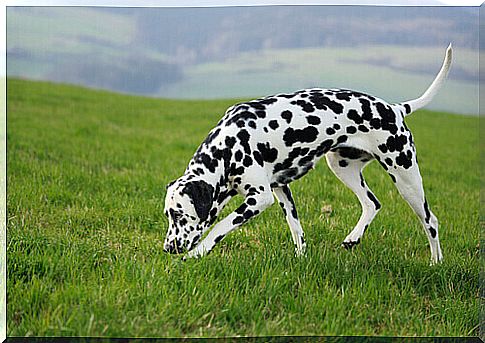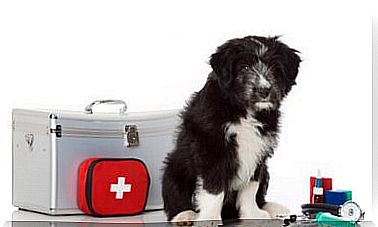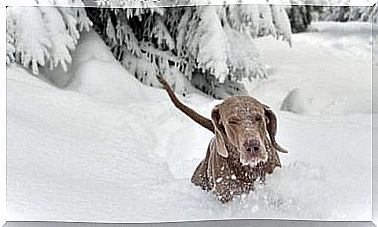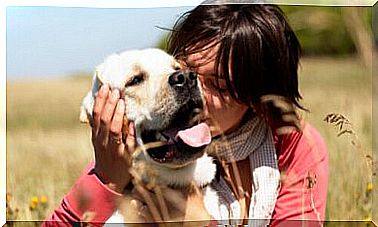Five Myths About Large Dogs

There are plenty of myths about dogs, some true, while most false, resulting from various beliefs ranging from believable to absurd. Find out some myths about large dogs below.
They are more aggressive
Unfortunately, many people tend to link aggression with large breed dogs. In reality this is not true at all. Whether or not a dog can attack a person or an animal depends not so much on its size, but on the level of dominance or territoriality of the breed. Therefore, there are not only large dog breeds that have a dominant tendency, but also some small breeds, such as Pomeranians, can show this same characteristic. Yet there is a tendency to give more importance and attention to large dogs because the consequences of their attack are usually more devastating than in the case of small dogs.
For this reason, a very important factor in this sense concerns the education imparted to the dog, because regardless of the breed, a dog that has not been used to socializing with other animals or people will tend to be more aggressive than one that has received a adequate education.
They have a better sense of smell

Also in this case we are faced with a false myth. The sense of smell does not have to do with the general size of the dog, but with the size of its nose. The reason why dogs have a better sense of smell than us humans is due to a greater amount of olfactory receptors, approximately 200 million, although in some breeds they can reach up to 300 million, as in the case of the Chien de Saint. -Hubert.
Long-nosed dogs have a greater amount of olfactory receptors and a wider channel for the reception of odors, so they will have a better sense of smell than flat-nosed dogs such as Boxers, which are large in size.
They cannot live in confined spaces
This belief is partly true, although as always there are exceptions. The ability to keep a dog in a small space is due more to its energy than its size. For this reason, if a dog needs to do a lot of physical activity and has great energy, the best thing is to give him ample space, preferably with open areas where the animal can explore and play. Yet this is not a characteristic of all large dogs: some of them, such as the Great Dane, do not need to move excessively and are therefore able to adapt to small spaces.
Furthermore, a dog with a high energy level can get used to living in an apartment if his owner plays with him and often takes him for a walk, which however will require great dedication and an investment of time on the part of the owner.
They live less

It is not uncommon to hear that large or giant dogs live less than small ones, and in this case it is the real truth. A relationship has been identified between the size of the dogs and their life expectancy, although it is not yet clear what this is due to. One hypothesis in this regard is that large dogs age faster due to their tendency to grow at a faster rate. However, this is only a hypothesis yet to be tested.
They are not very smart
A myth that has always been fueled by caricatures and cinema is that big dogs are clumsy and unintelligent. In this case, this is a false myth, as the intelligence of a dog is measured according to the skills it can develop, the speed with which it learns them and the speed of response to the orders of the owner.
Within canine skill contests it is common to see large breed dogs, especially herding dogs or dogs from the retriever family. Many of these dogs are in fact extremely agile, have strong musculature and grip, as well as being very fast.
As for intelligence, among the top ten places in the canine intelligence rankings it is possible to find the Doberman, the Rottweiler, the Labrador and the German Shepherd, all examples characterized by great fidelity, ease of training and ability. to learn a large number of orders and skills.









